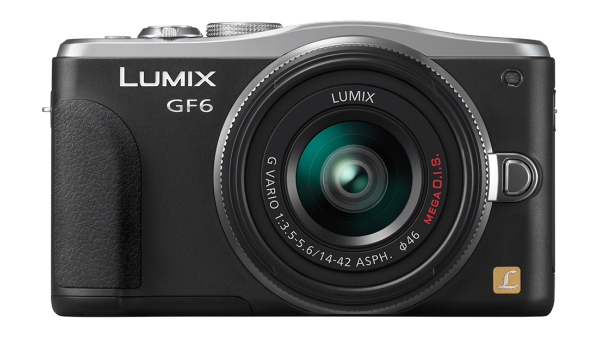TechRadar Verdict
Pros
- +
Excellent screen
- +
Digital filters
- +
Built in Wi-Fi
Cons
- -
Tricky to use Wi-Fi
- -
Can't use filters in PASM
- -
Bulkier than predecessor
Why you can trust TechRadar
Panasonic is known for quickly refreshing its cameras lineup, especially those at the budget end of the range. The GF series, which is the company's beginner option, was last upgraded roughly 12 months ago, so it's no surprise to see the replacement Panasonic GF6 making an appearance now.
However, Panasonic says that although the GF1 was incredibly popular, the GF series hasn't seen the same level of popularity with the GF3 and GF5. Perhaps this is due to increased competition both within the company - from the likes of the Panasonic GX1 - and outside it, with more companies now entering the compact system camera (CSC) market.
On the other hand, perhaps it's because the GF line never really found its audience, being a little too simple for the more advanced photographer, and too complicated for those stepping up from a compact camera.
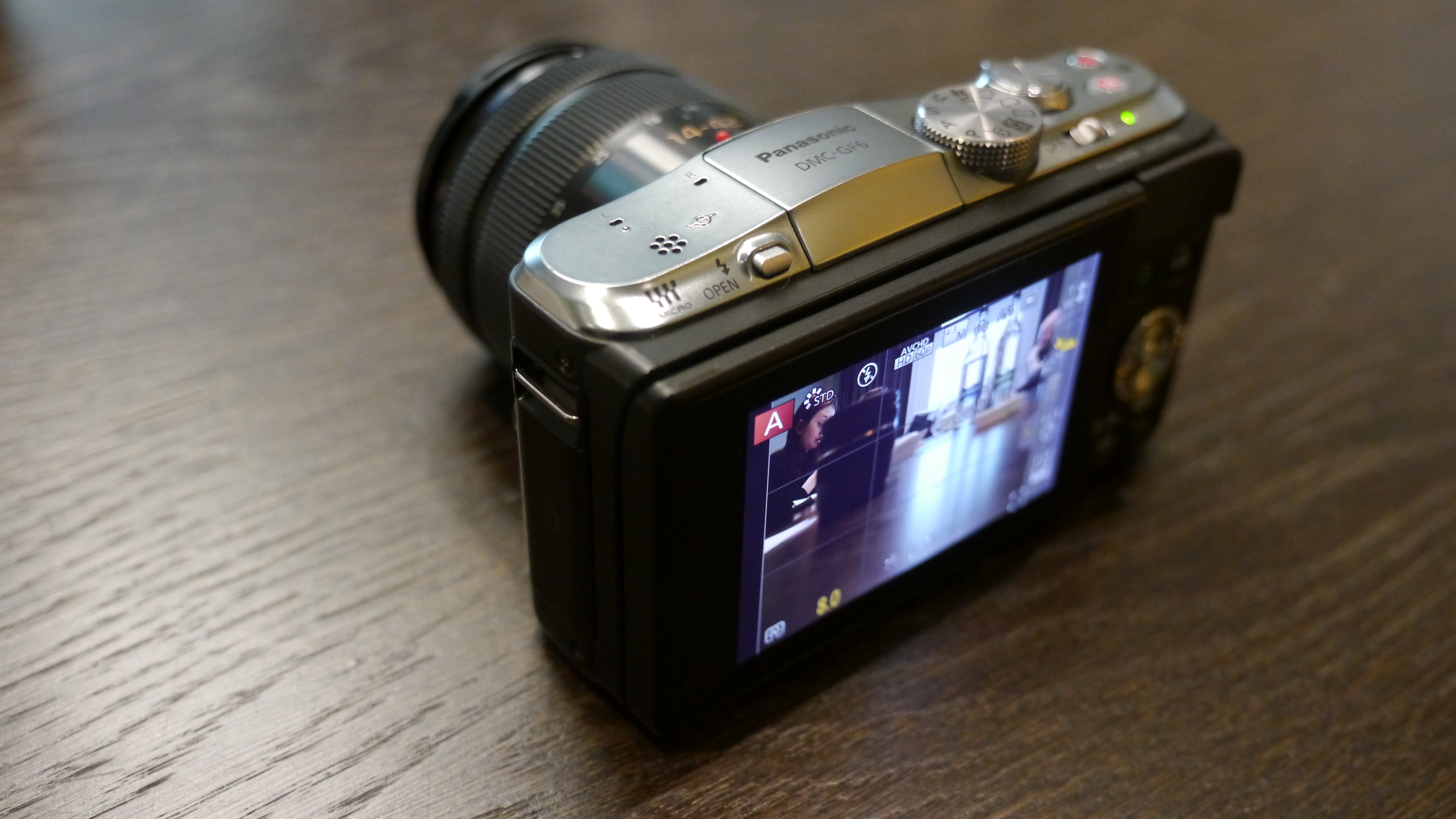
Panasonic has therefore given the new Lumix GF6 a more complete overhaul than it has given to other cameras on previous upgrades.
It now includes a 16 million pixel sensor, which is the same device that we found in the Panasonic GX1. The GX1 is scheduled to carry on for the foreseeable future, which may be a disappointment to those who had expected to see a replacement by now.
Along with the sensor is a brand new Venus engine, and most noticeably a new tilting 180-degree touchscreen and a mode dial on the top of the camera.
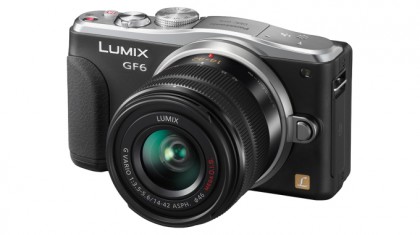
The Panasonic GF6 includes inbuilt Wi-Fi technology, something that only the high-end GH series had featured previously. Furthermore, it is the first Panasonic interchangeable lens camera to include Near Field Communications (NFC) - a technology that looks set to be making an appearance on more devices in the next few months.
This is the same technology that you currently find in contactless payment systems and in several smartphones and tablets (Apple is conspicuous by its absence). It enables you to touch two devices together to instantly share images/videos, without the need to add in passwords or other laborious means.
Keen to appeal to the beginner audience, the camera includes even more digital filters than before. These are likely to find favour with the Instagram crowd, boosting the GF6's offering up to 19 different effects.
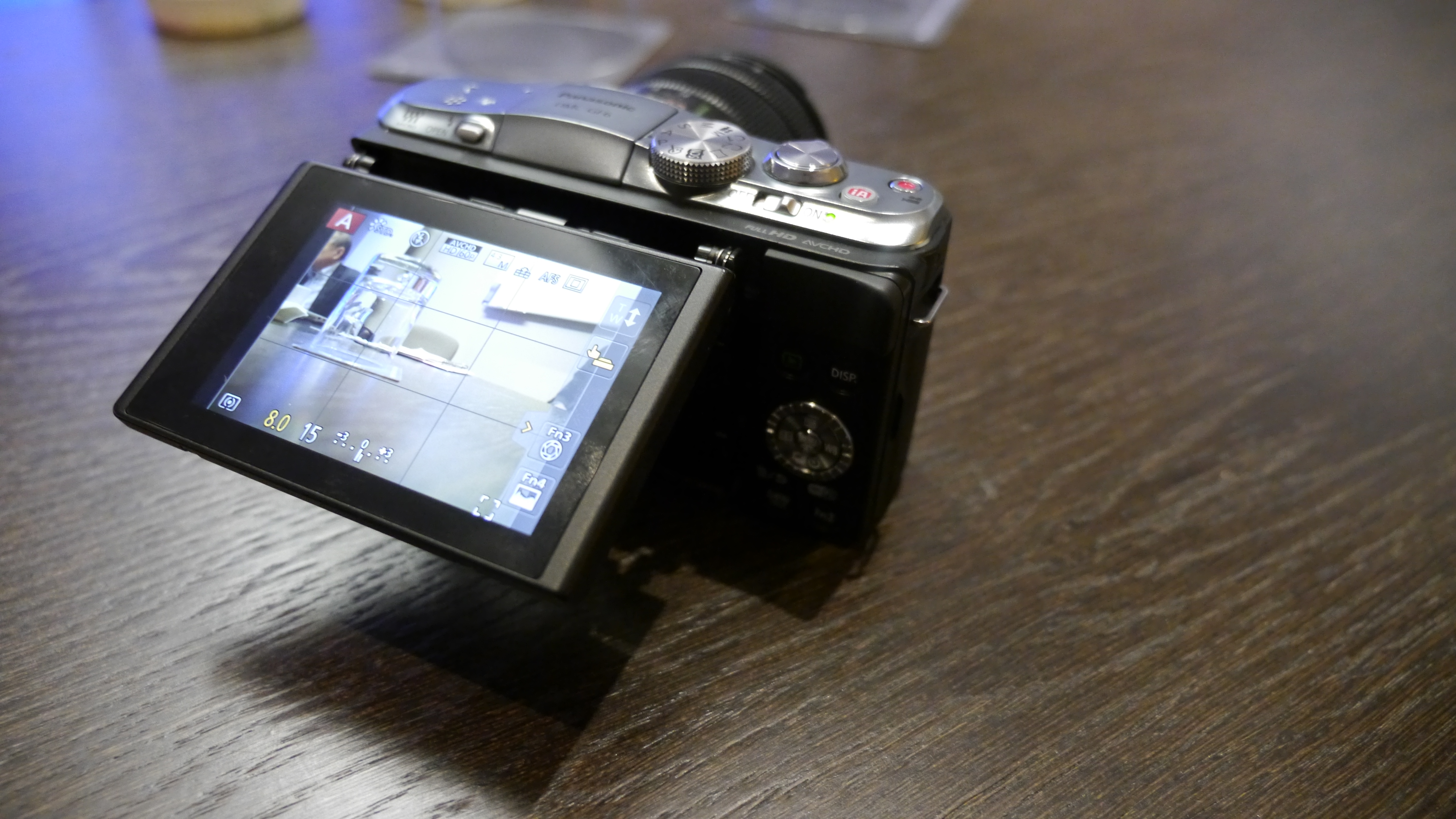
Interestingly, these filters are now also available on Creative Panorama shooting mode - a feature that first made its appearance on Panasonic's latest set of compacts, and now finds its way onto its compact system cameras.
A new retouch function enables you to do some editing-in camera, with the ability to remove distracting elements such as branches or strangers in the background.
Like other cameras in Panasonic's lineup, the GF6 boasts "Light Speed AF". Both Panasonic and Olympus, its Micro Four Thirds cohort, have claimed the quickest AF speeds in the past, but it's likely to be microseconds of difference. Either way, the contrast detect system that the GF6 uses claims to provide near-instant autofocusing speeds.
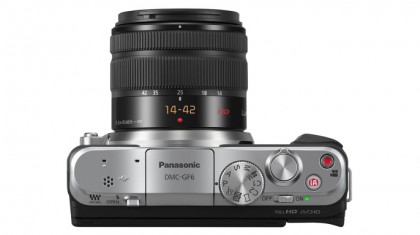
Although the Panasonic GF5 also had a capacitive touchscreen, that was a fixed device, unlike the Panasonic GF6's 180-degree tilting option. Although not fully articulated, it's been designed to help with shooting from awkward angles, while Self Shot mode comes into play with the screen tipped to the full 180 degrees to face forwards.
All of these improvements don't come at a price premium, launching at £494.99 / US$599.99 (around AU$630) with the new 14-42mm kit lens. This is significantly cheaper than the £579 / US$749 / AU$849 asking price that the Panasonic GF5 launched with, although it's worth pointing out that the standard kit lens included here is not a power zoom, but instead a new manual zoom option.
Amy has been writing about cameras, photography and associated tech since 2009. Amy was once part of the photography testing team for Future Publishing working across TechRadar, Digital Camera, PhotoPlus, N Photo and Photography Week. For her photography, she has won awards and has been exhibited. She often partakes in unusual projects - including one intense year where she used a different camera every single day. Amy is currently the Features Editor at Amateur Photographer magazine, and in her increasingly little spare time works across a number of high-profile publications including Wired, Stuff, Digital Camera World, Expert Reviews, and just a little off-tangent, PetsRadar.
